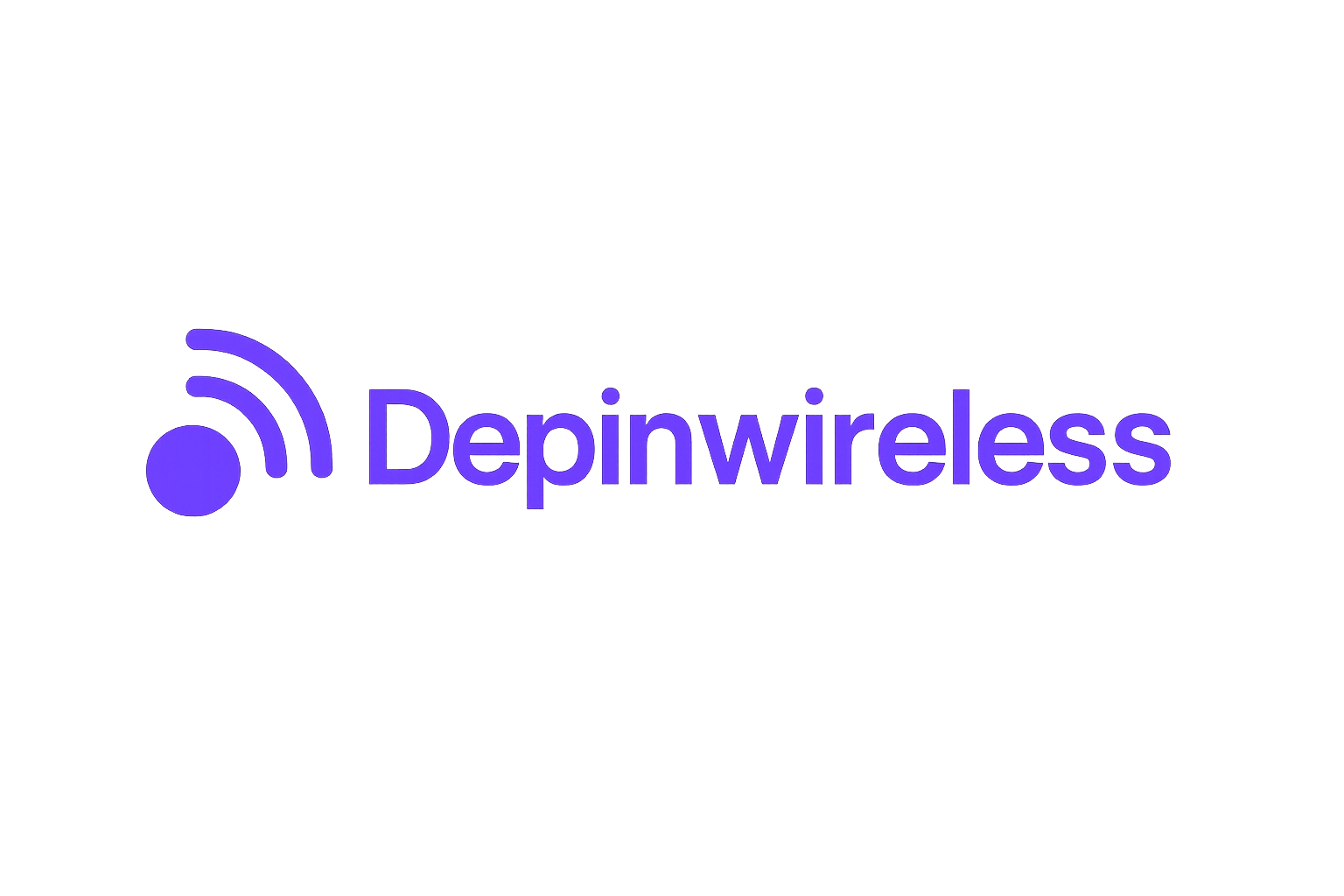
In 2025, Helium Mobile is rewriting the rules of Wi-Fi offload and decentralized wireless coverage. By leveraging blockchain and a global network of user-operated hotspots, Helium is not only disrupting traditional telecom models but also making connectivity more accessible, affordable, and community-driven. The impact? Over 2,721 terabytes of data offloaded from major U. S. carriers by Q2 2025, a staggering 138.5% increase quarter over quarter. This isn’t just technical progress; it’s a paradigm shift in how we think about who controls and profits from wireless infrastructure.

The Rise of Community-Powered Wireless Networks
What sets Helium apart is its commitment to a decentralized wireless (DeWi) vision. Instead of relying on expensive cell towers owned by a handful of telecom giants, Helium empowers individuals and businesses to deploy their own hotspots. These devices provide both cellular and Wi-Fi coverage, earning operators rewards in the form of HNT tokens, currently priced at $2.40 as of November 17,2025.
This model has created the world’s largest decentralized wireless network, over 93,500 active hotspots in the U. S. alone, offering real-world utility for both urban dwellers and rural communities previously overlooked by big carriers. Through programs like Helium Plus, even existing public Wi-Fi providers can seamlessly join the network and monetize their infrastructure.
Carrier Partnerships: From Skepticism to Strategic Adoption
The telecom industry once viewed decentralized networks as fringe experiments. Fast forward to today: major players are integrating with Helium to expand their reach without the capital outlay required for new towers or fiber rollouts.
In April 2025, AT and T partnered with Helium to give subscribers access to its community-built Wi-Fi mesh across thousands of U. S. locations, a move mirrored by Telefónica’s Movistar in Mexico for over two million customers. These partnerships validate the DeWi approach while driving real value for end users through better coverage and data savings.
It’s not all smooth sailing; some carriers remain cautious or deny formal agreements despite clear evidence of traffic being offloaded onto Helium’s infrastructure. But as mobile data demand explodes and traditional networks strain under the load, decentralized solutions like Helium become increasingly compelling for both cost savings and rapid deployment.
Monetizing Connectivity: Hotspot Hosts Lead the Charge
The financial incentives underpinning Helium’s growth are powerful, and they’re distributed directly to those who provide coverage. In June alone, hotspot hosts across the U. S. earned over $300,000 in offload rewards, a figure that continues to climb each month as adoption accelerates.
This approach flips the old telecom script: instead of profits flowing upward to corporate shareholders, they’re shared with everyday people who help build out the network. It’s a model that resonates especially well with tech-savvy entrepreneurs and small businesses eager to turn unused bandwidth into passive income streams while supporting local connectivity initiatives.
A New Era for Decentralized Wireless Coverage
The momentum behind Helium Mobile isn’t just about numbers, it’s about reimagining what a wireless network can be when it’s owned by its users rather than controlled from above. By combining blockchain incentives with plug-and-play hardware, Helium makes it easy for anyone, from coffee shop owners to city governments, to participate in shaping tomorrow’s digital infrastructure.
Network expansion is further accelerated by the $50 million Helium Foundation grant program, which is fueling innovation and accessibility across the ecosystem. This capital injection supports new hotspot deployments in underserved areas, technical upgrades, and creative applications that leverage Helium’s decentralized backbone. The result? A more resilient, adaptive network that thrives on community participation rather than top-down mandates.
For businesses and public Wi-Fi providers, the Helium Plus initiative has become a game-changer. By converting existing infrastructure into Helium-compatible hotspots, organizations can unlock new revenue streams with minimal friction. This approach not only drives rapid network scaling but also aligns incentives between private enterprise and public benefit, every additional node strengthens both local coverage and the global DeWi movement.
Real-World Impact: Data Savings and Digital Inclusion
The practical benefits for users are immediate. Subscribers on partner networks like AT and amp;T and Movistar can seamlessly offload mobile data onto Helium-powered Wi-Fi wherever coverage exists, reducing their cellular bills while enjoying faster, more reliable connections in high-demand environments. For rural communities or urban dead zones, Helium’s mesh of user-owned hotspots delivers connectivity where traditional carriers have struggled or declined to invest.
It’s not just about convenience; it’s about bridging the digital divide. By lowering the barriers to both deploying and accessing wireless infrastructure, Helium Mobile is catalyzing a new wave of digital inclusion, empowering individuals to participate in the modern economy regardless of geography or income level.
The Road Ahead: Challenges and Opportunities for DePIN Wireless
Despite its remarkable growth, Helium Mobile faces real challenges as it scales. Regulatory hurdles, spectrum management issues, and ongoing skepticism from legacy telecoms all require careful navigation. Yet with each milestone, like the 2,721 terabytes of data offloaded by Q2 2025, the case for decentralized wireless grows stronger.
Investor interest in DePIN (Decentralized Physical Infrastructure Networks) projects continues to rise as well. With HNT trading at $2.40, up nearly 4% in just 24 hours, there’s clear momentum behind both the token economy and the underlying technology stack powering this transformation.

The next phase will likely see even deeper integration with IoT solutions (learn more about IoT on Helium here) and smart city deployments as municipalities recognize the value of community-powered infrastructure for everything from traffic sensors to environmental monitoring.
Why Helium Mobile Matters Now More Than Ever
The story unfolding in 2025 isn’t just about technical innovation, it’s about reclaiming agency over our digital lives. As data demand soars and traditional networks groan under pressure, models like Helium offer a way forward that is open, inclusive, and economically empowering for everyone involved.
- Scalability: Thousands of new hotspots coming online monthly means rapid coverage expansion without centralized bottlenecks.
- User Rewards: Direct incentives keep hosts engaged while increasing network resilience against outages or single points of failure.
- Flexibility: Businesses can monetize excess bandwidth while consumers enjoy seamless handoffs between cellular and Wi-Fi networks powered by blockchain automation.
If you’re curious how this model compares to other DePIN projects or want to learn how you can participate as a host or user, now is an ideal time to explore further, and maybe even join the movement shaping tomorrow’s wireless landscape.





